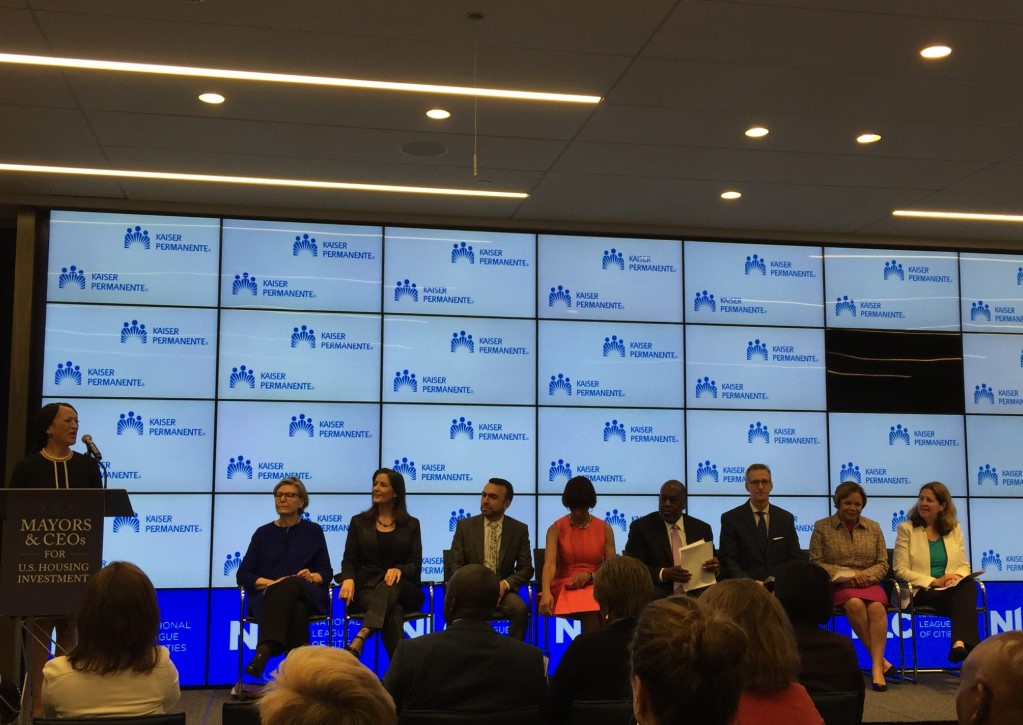 In part two of our conversation with Dave deBronkart, we talk about listening to patients and the risks and benefits of searching online for health information.
In part two of our conversation with Dave deBronkart, we talk about listening to patients and the risks and benefits of searching online for health information.
CTH Blog:
Let’s talk about what patients want.
DdB:
Patients want to be asked what they want and they want to be listened to. There is a myth that if you ask patients what they want they’ll ask for the moon, and they’ll want it for free. But in a transformed society it turns out differently. I spoke at a conference in Holland in June about shared medical decision making, and there was a guy there from an IVF clinic — a doctor named Jan Kremer. In their IVF clinic, they are so patient-centered that they set up a wiki, a shared online discussion space for their entire patient panel. They gave them six months to discuss what they would like. They told their patients, “Whatever you decide together, we will do the top 10 items, unedited, exactly as you want.”
The patients came up with some things that were money related, like wanting insurance to pay for six attempts. And they said they want it to count as an attempt only if the egg is actually penetrated. But then beyond that, they said, “I want empathy from my doctor, not just technical information.”
CTH Blog:
Wow!
DdB:
How amazing is that? The next thing they wanted was separate waiting rooms for pregnant women, so that the women who haven’t conceived are not exposed to that reality so harshly. It’s amazing. Until we really listen to what patients want and ask what’s important to patients, we won’t know. You know, in LEAN quality improvement and Six Sigma — these disciplines that have made so many other industries so much higher quality than they were 20 years ago — the very definition of quality starts with asking the customer what’s important to them.
CTH Blog:
Can you address the opinions that there are too many potential risks of patients looking things up online and self diagnosing?
DdB:
It’s understandable, and this is why my TED talk doesn’t end with anything negative – it’s, “Let patients help.” One of the things we want to do is teach people how to partner with their physicians, not think they actually are physicians. In my case, five years ago, when I had my physical, I had an odd thing going on in my eye. So in the notes I sent my doctor in advance, I included the website that seemed to explain it and asked him if this is what it could be. In Time magazine earlier this year, for the first time, they had an article by a doctor who said that a patient helped him make the correct diagnosis faster because of something she printed out and brought in.
I’ve recently started talking about the idea for a new role in the health care system: An information coach. Someone who helps you evaluate something you found online, who teaches you how to think more critically about these things. The number one lesson that I think all engaged patient and participatory clinicians need to take away is don’t assume that any single source is correct.
And finally the thing that shined a bright spotlight on the validity of educating ourselves is the information which now is more than 10 years old from the Institute of Medicine’s report, To Err Is Human, which said that as many as 98,000 accidental deaths happen in U.S. hospitals every year. My point is that many complications are from things where an informed bedside advocate or an informed patient can keep an eye open to avoid things like the wrong dose of medication or staff who don’t wash their hands between patients. The e-Patient white paper points out that it’s arguably more dangerous not to Google your condition and find out how things are supposed to go. So the bottom line: Indeed, there are risks of garbage out there, and there is no single source that is sure to be accurate and up-to-date; regardless of that, it’s awfully smart for people to learn as much as they are able about their condition and their treatment.
CTH Blog:
When you talk about patient advocates, do you mean a friend or family member, or are you talking about that becoming an actual role in the care delivery system?
DdB:
It is often family members or friends serving in that role. But there are patient advocates who do that for a living now – take a look at advoconnection.com. In terms of it becoming a formalized role in health care, here’s the thing: They have to be absolutely independent, for the same reason an auditor can’t work for the company they are auditing.
CTH Blog:
Your story of finding peers, information and help online is so compelling. Do you have any other anecdotes of patient engagement in participatory medicine?
DdB:
I had a friend who recently passed away from metastatic breast cancer. She lived 10 years after her diagnosis, but her final chemo had a side effect where it burns the skin on your hands and feet, and in a severe case, you just can’t stand up, you can’t hold on to things; its just like your hands and feet are on fire. The medical establishment just doesn’t have a remedy for it, but her husband went online and found that if you make a paste out of henna and lemon juice in a particular way, it soothes the skin. It also turns your hands and feet orange, but you can live again. She put that on a blog, so if you Google the name of that drug and side effects, you’ll find her blog sharing that with other patients. So there is another example of helping people have a better life while they deal with their treatments.
Learn more about Dave at his website: www.epatientdave.com.




